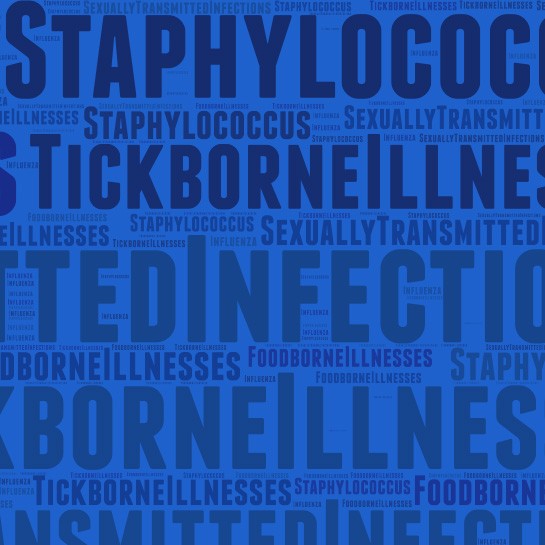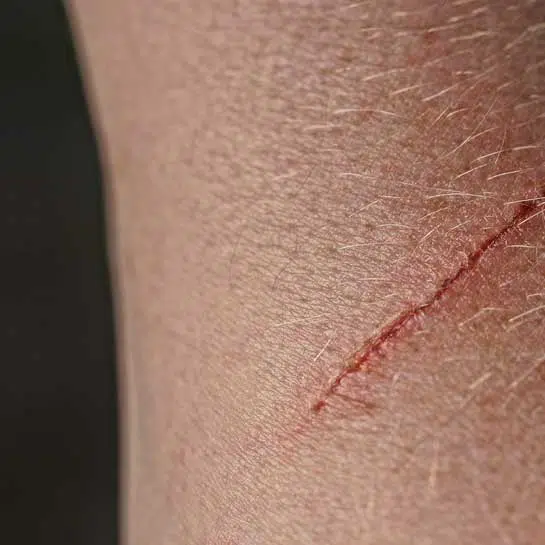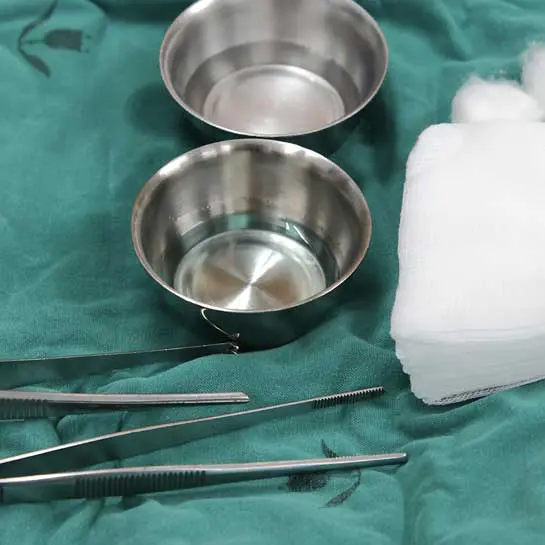Cellulitis Treatment
What is cellulitis?
Bacteria can enter the body through even the smallest breaks in the skin — even a minor cut, scratch, or bite can pose a significant risk. Infections typically impact the top layer of the skin and go away on their own with proper care and healing. Cellulitis, however, is a bacterial infection of the deepest layer of skin, making the infected area red, hot, irritated, and painful. Cellulitis is most commonly found on the lower legs, but it can also occur in the face, arms, and other areas. While cellulitis is a common skin infection, if it’s left untreated, it can quickly spread to the lymph nodes or bloodstream and become life-threatening.
What are the symptoms of cellulitis?
The most common signs and symptoms of cellulitis include skin redness or swelling that gets larger, a tight or glossy-looking area of the skin, pain, tenderness, and a rash with sudden onset that quickly multiplies. Individuals with cellulitis also experience fevers, chills, and muscle aches.
How does ID Care diagnose cellulitis?
As experts in all areas of infectious disease, ID Care physicians can diagnose cellulitis just by looking at the skin. However, if you turn to us with a fever and rash that changes rapidly and continues to grow bigger, we may recommend a blood test or other exam to identify or rule out other infections.
How does ID Care treat cellulitis?
Because cellulitis can be serious — and in some cases even deadly — ID Care takes a very prompt approach to your treatment. Our main priority in treating cellulitis is to control infection and prevent other complications. Typically, we prescribe oral antibiotics for anywhere from five to 14 days, depending on the severity of your infection. Our team has proven success rates in treating cellulitis — in fact, most cases of cellulitis we treat result in diminishing signs and symptoms within just a few days. However, it’s crucial to continue taking your antibiotics as prescribed to avoid recurrence or a more severe infection.





